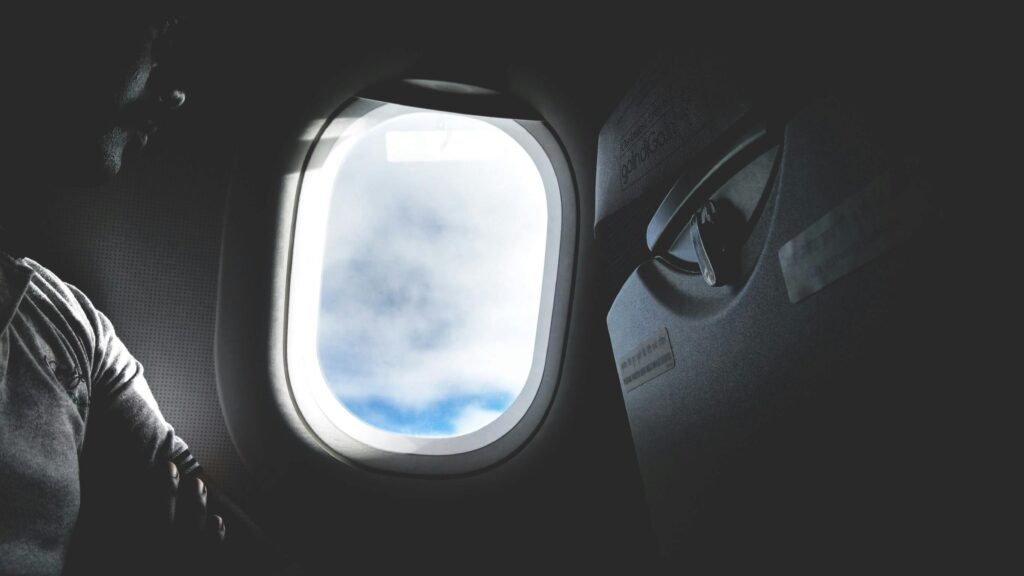Air travel remains one of the safest modes of transportation, thanks to the extensive measures put in place by airlines to protect passengers at all stages of their journey. Every flight entails several levels of security, thorough maintenance inspections, and modern technologies meant to prevent problems before they start. To make sure passengers can feel confident every time they board, airlines keep investing in modern systems and updated protocols. From cutting-edge airplane safety systems to strict health standards, every element of flying is maximized for the greatest security.
Contents
Advanced Aircraft Safety Features Designed for Protection
Safety is the first concern in modern airplanes, which also have advanced technologies to guarantee flawless and safe operations. Every plane is equipped with redundant systems; hence, if one component breaks down, backup systems instantly replace it to maintain functionality. Continuous assessment and modification of operations by flight control computers, automated stabilizing systems, and real-time monitoring instruments help to maximize performance and safety. The materials utilized in airplane construction are also specially meant for dependability and durability, therefore lowering the structural risk. From its avionics to its emergency response systems, every aspect of an airplane is meant to resist harsh conditions and keep passengers safe.
Rigorous Maintenance and Inspection Protocols
Airline safety is maintained through strict maintenance schedules that leave no margin for error. Certified aviation experts thoroughly check every system to guarantee that every flight is running as it should before each flight. Routine maintenance includes looking for any anomalies in important parts, including engines, landing gear, hydraulic systems, and avionics before they cause a problem. Airlines guarantee that every aircraft in use satisfies the strict safety criteria by adhering to exact rules set by regulatory bodies. By means of avionics test equipment, professionals can precisely assess and troubleshoot communication and electrical systems, therefore guaranteeing the ideal functionality of all instruments. These proactive steps help to reduce mechanical breakdown risk and support the general dependability of aviation travel.
Highly Trained Pilots and Crew Members
To guarantee the best safety under any circumstances, airlines extensively fund the training and continuous improvement of their pilots and crew members. Pilots go through demanding flight training covering advanced navigation, emergency scenarios, and simulated crisis management drills. Through repeated training courses evaluating their capacity to manage different in-flight environments, they always improve their skills. To guarantee a well-coordinated approach in any circumstances, flight attendants also receive thorough training in medical response, passenger aid, and emergency procedures. This degree of readiness guarantees that the entire flight crew remains able to precisely and confidently manage both normal operations and unforeseen difficulties.
Strict Health and Sanitation Measures for Passenger Well-Being
Beyond aircraft capability, health and safety cover strict sanitation practices to guarantee clean and healthy surroundings for crew and passengers. High-efficiency particulate air (HEPA) filtration systems constantly filter cabin air through which over 99% of airborne particles—including bacteria and viruses—are removed, therefore guaranteeing passengers breathe clean, recirculated air. To further reduce any exposure to possible contaminants, airlines also meticulously clean high-touch areas such as tray tables, seat belts, armrests, and restrooms. To maintain hygienic conditions all around the aircraft, enhanced cleaning practices now incorporate electrostatic spraying and the use of hospital-grade disinfectants. With staggered boarding and deplaning systems enhancing passenger movement and thereby lowering congestion, boarding techniques have been honed to eliminate unnecessary contact. Together, these steps offer a more comfortable and safer travel experience.
Comprehensive Security Measures to Prevent Threats
Airport and in-flight security protocols are intended to prevent unauthorized access and threats. Before boarding, advanced screening technologies guarantee that each individual and item is completely checked. At all phases of travel, enhanced monitoring, biometric verification, and rigorous access control stop security breaches. Working closely with international aviation security authorities, airlines keep ahead of developing hazards by adjusting policies as necessary to handle fresh problems. Onboard security measures, such as reinforced cockpit doors and trained personnel, improve passenger safety on flights. From departure to arrival, a safe travel environment is guaranteed by the combination of preventive measures and real-time monitoring.
Conclusion
From innovative aircraft design to strict health and security procedures, every element of air travel is painstakingly planned and controlled to maximize safety. By using the newest technologies and best practices, airlines keep improving their operations so that every flight satisfies the highest safety criteria. Air travel is still among the safest and most effective means of travel if one uses a multi-layered strategy covering mechanical dependability, passenger comfort, and security concerns.



